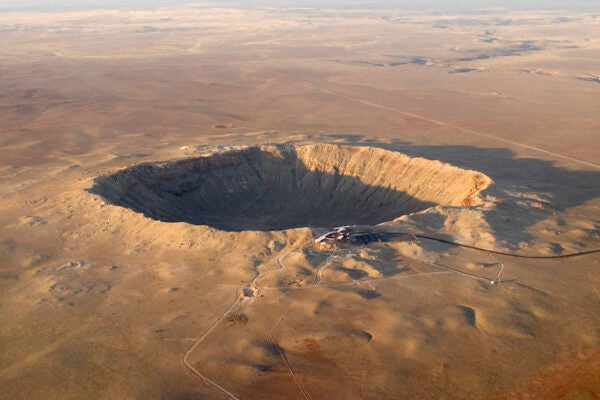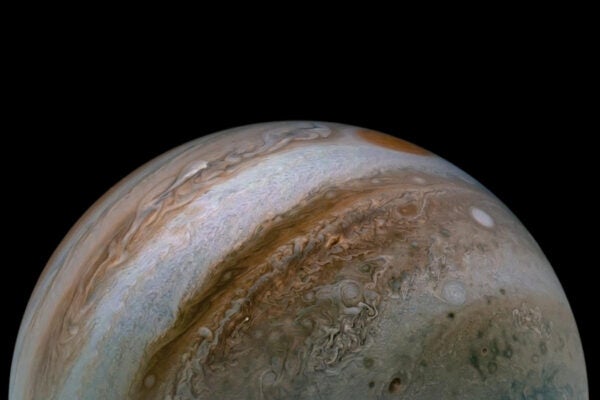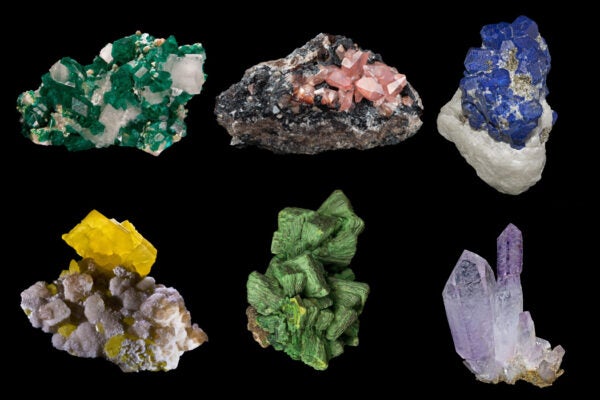
Elizabeth Fernandez
Dr. Elizabeth Fernandez is a science communicator, looking at the interface between science and technology in society, and writes on science and society, science and philosophy, astronomy, physics, and geology. Particularly, she looks at how science, philosophy, religion and culture intersect. She has a PhD in astrophysics and has worked around the world, using telescopes both on the ground and in space. Her articles have appeared on Forbes.com and Big Think. She is also the host and producer of SparkDialog Podcasts, a podcast on science and society, where she tells the story of science in our lives. Besides science, she is an artist and writer, loves pretty much ever genre of music in existence, and seeks out bizarre and unique musical instruments. She has a passion for interfaith relations, working with people from many countries and backgrounds promoting dialog between faiths. Follow her on Twitter @SparkDialog.




